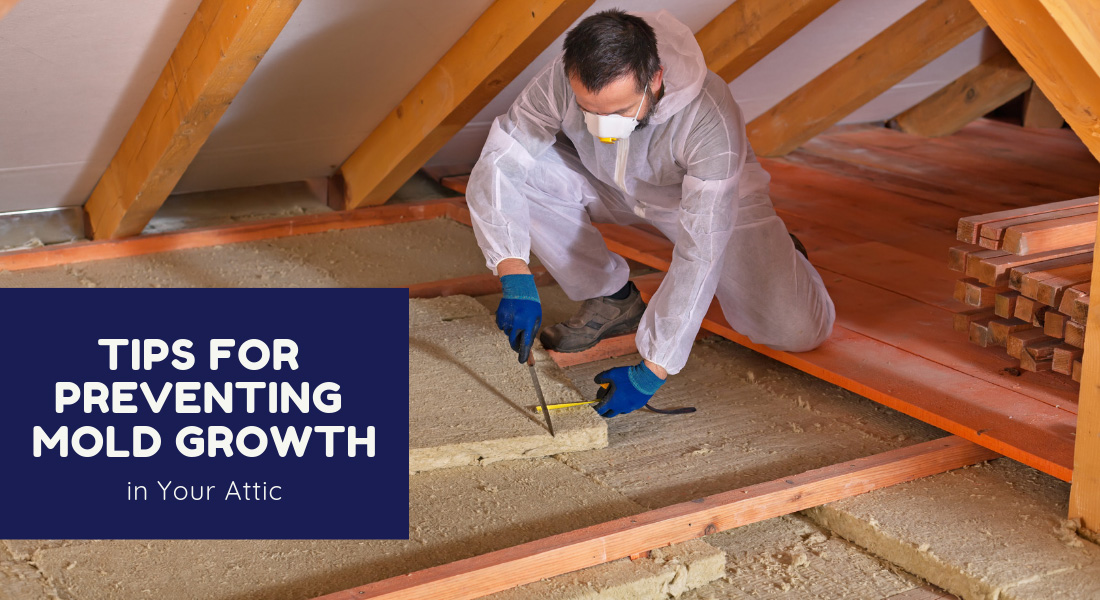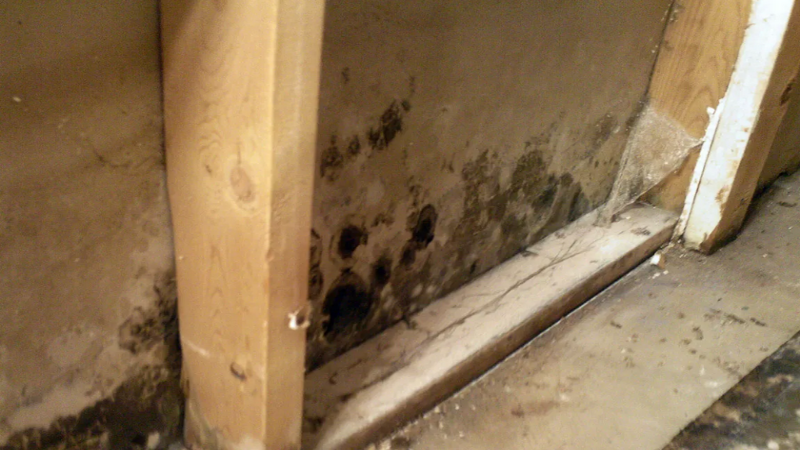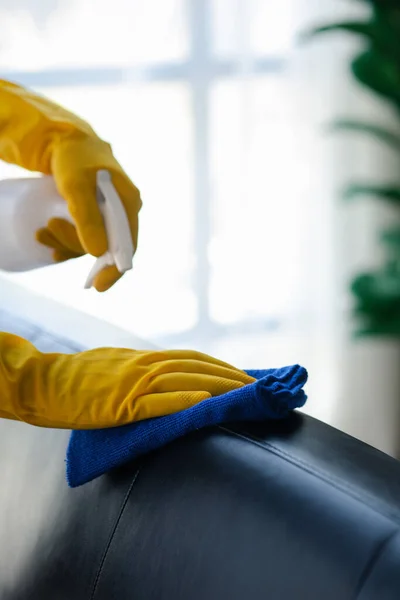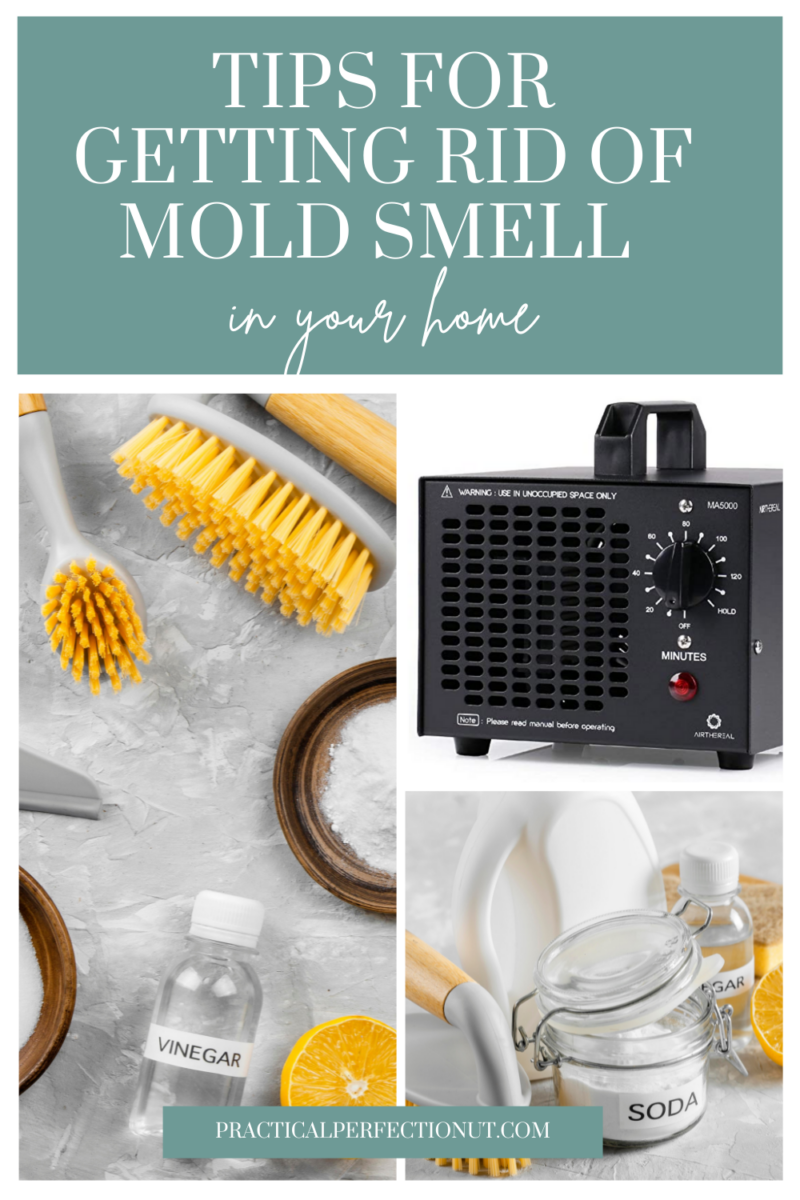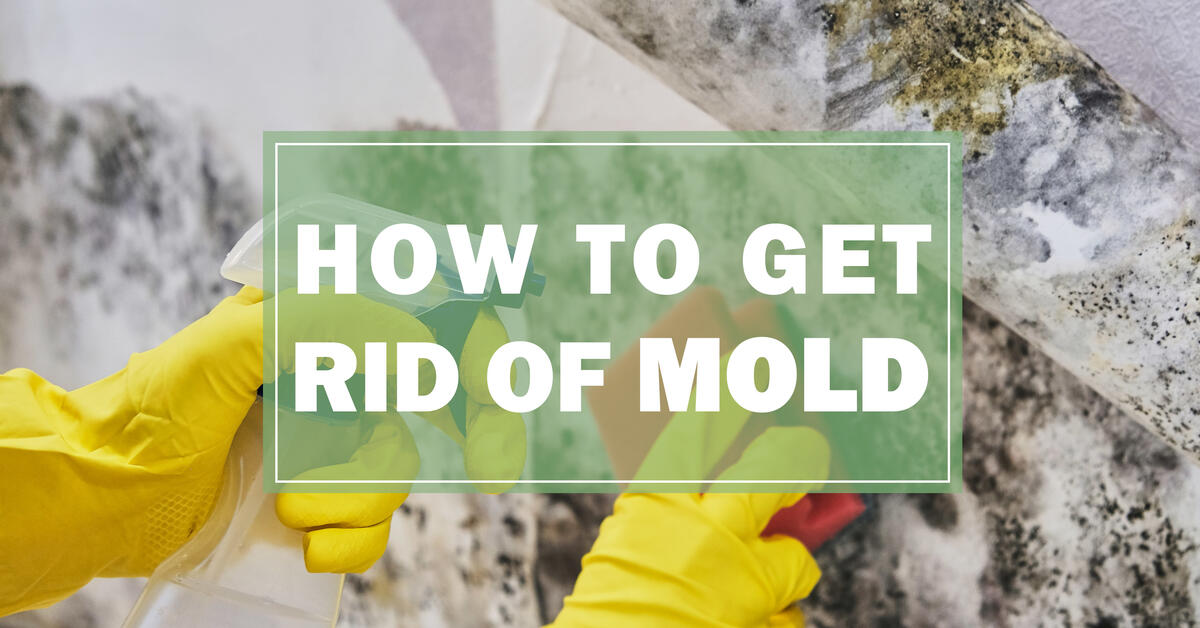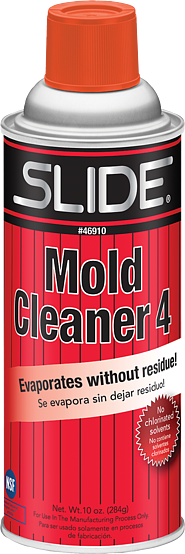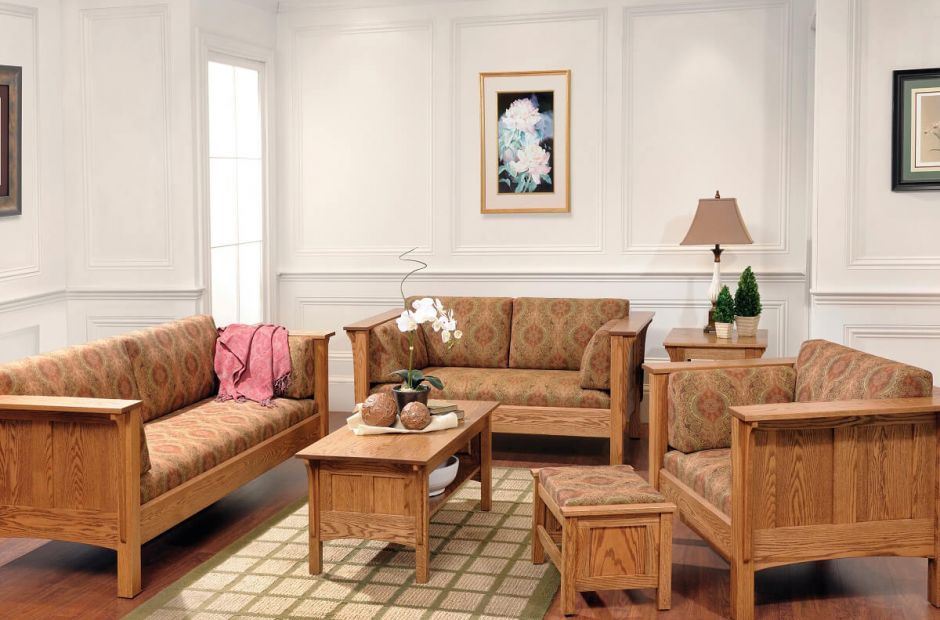Mold is a common problem that can occur on leather sofas, especially in humid and damp environments. Not only can it cause an unpleasant odor, but it can also damage the leather and pose a health risk. If you have noticed mold on your leather sofa, don't panic. With the right methods and products, you can effectively remove mold and prevent it from coming back. Here are some steps to clean mold from your leather sofa. How to Clean Mold from a Leather Sofa
Before you start cleaning, make sure to protect yourself by wearing gloves and a face mask. Mold spores can be harmful if inhaled. The first step is to vacuum the affected areas to remove any loose mold spores. Next, mix equal parts of water and white vinegar in a spray bottle. Spray the solution onto the moldy areas and let it sit for about an hour. Then, use a soft-bristled brush to gently scrub the mold off. Wipe the area with a clean cloth dampened with plain water and then dry it with a towel. Repeat the process if necessary. Best Ways to Remove Mold from Leather Furniture
If the mold is still present after using the vinegar solution, you may need to use a stronger cleaning product. Look for a leather-safe mold and mildew remover that contains tea tree oil or grapefruit seed extract. These natural ingredients are effective in killing mold spores without causing damage to the leather. Follow the instructions on the product and test it on a small, inconspicuous area first to ensure it doesn't cause any discoloration. Tips for Removing Mold from Leather Sofas
If you prefer to use household items, you can make a DIY mold remover by mixing lemon juice or borax with water. Apply the solution to the affected areas and use a soft cloth to gently scrub the mold away. Wipe the area with a clean, damp cloth and then dry it with a towel. You may need to repeat the process a few times to completely remove the mold. DIY Mold Removal for Leather Sofas
In addition to the above-mentioned ingredients, there are other natural remedies you can use to clean mold from leather sofas. White vinegar and water can be used to create a solution for wiping down the entire sofa, not just the affected areas. This can help prevent mold from growing in the first place. You can also use essential oils such as lavender or tea tree to kill mold and leave a pleasant scent on your leather sofa. Natural Remedies for Cleaning Mold from Leather Sofas
The best way to deal with mold is to prevent it from growing in the first place. Leather sofas are prone to mold growth because they can absorb moisture, so it's important to keep them clean and dry. Avoid placing your sofa in a damp area and use a dehumidifier if necessary. Wipe down your sofa regularly using a clean, damp cloth to remove any dirt or spills. You can also treat your leather sofa with a leather conditioner to keep it moisturized and prevent the growth of mold. Preventing Mold Growth on Leather Sofas
If the mold on your leather sofa is extensive or you are unsure about how to properly clean it, it's best to seek professional help. A professional mold removal service will have the necessary expertise and equipment to safely and effectively remove mold from your leather sofa. They can also provide tips on how to prevent mold from growing in the future. Professional Mold Removal for Leather Sofas
Regular cleaning and maintenance of your leather sofa can go a long way in preventing mold growth. In addition to wiping it down regularly, you can also use a leather cleaner specifically designed for leather furniture. This will help remove any dirt or oils that can attract mold. Avoid using harsh chemicals or too much water, as they can damage the leather. Lastly, make sure to keep your sofa away from direct sunlight, as this can cause the leather to dry out and crack, making it more susceptible to mold growth. Cleaning and Maintaining Leather Sofas to Prevent Mold
In some cases, even after removing the mold, there may still be a lingering musty odor on your leather sofa. To get rid of this smell, you can sprinkle baking soda on the affected area and let it sit for a few hours before vacuuming it up. You can also use a leather odor remover or a mixture of water and vinegar to eliminate the smell. Be sure to test any product on a small area first to avoid any damage to your leather sofa. How to Get Rid of Mold Smell on Leather Sofas
If you prefer to use commercial cleaning products, there are a variety of mold and mildew removers specifically designed for use on leather furniture. Look for products that contain enzymes or citric acid, as these are effective in breaking down mold spores. Always follow the instructions on the product and test it on a small area first to avoid any damage to your leather sofa. In conclusion, mold on a leather sofa can be a nuisance, but it can be effectively removed and prevented with the right methods and products. Regular cleaning and maintenance are key in keeping your leather sofa mold-free. However, if you do encounter mold, don't hesitate to take action using the tips and products mentioned above. With a little effort, you can keep your leather sofa looking and smelling fresh for years to come. Mold Cleaning Products for Leather Sofas
Cleaning Mold from Leather Sofas: Tips and Tricks

Introduction
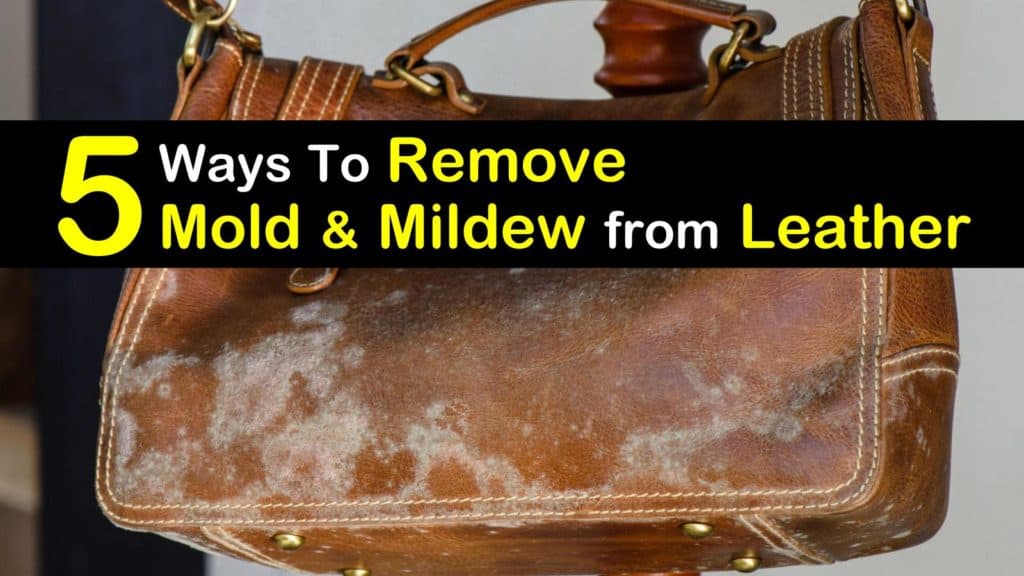 Leather sofas are a luxurious and timeless addition to any home. However, they require special care and maintenance to keep them looking their best. One of the biggest challenges that leather sofa owners face is dealing with mold. Mold is not only unsightly, but it can also be harmful to your health. If you notice mold growth on your leather sofa, it is important to address it immediately. In this article, we will discuss how to effectively
clean leather sofa mold
and prevent it from coming back.
Leather sofas are a luxurious and timeless addition to any home. However, they require special care and maintenance to keep them looking their best. One of the biggest challenges that leather sofa owners face is dealing with mold. Mold is not only unsightly, but it can also be harmful to your health. If you notice mold growth on your leather sofa, it is important to address it immediately. In this article, we will discuss how to effectively
clean leather sofa mold
and prevent it from coming back.
Identifying Mold on Leather Sofas
 Mold can easily go unnoticed on leather sofas, as it can appear as a small spot or discoloration. However, if left untreated, it can spread quickly and cause significant damage to your sofa. The first step in
cleaning leather sofa mold
is to properly identify it. Mold typically appears as green, black, or white spots and can have a musty odor. If you suspect mold on your leather sofa, it is best to act quickly before it becomes a bigger problem.
Mold can easily go unnoticed on leather sofas, as it can appear as a small spot or discoloration. However, if left untreated, it can spread quickly and cause significant damage to your sofa. The first step in
cleaning leather sofa mold
is to properly identify it. Mold typically appears as green, black, or white spots and can have a musty odor. If you suspect mold on your leather sofa, it is best to act quickly before it becomes a bigger problem.
Preventing Mold Growth
 Prevention is key when it comes to mold growth on leather sofas. The best way to prevent mold is to keep your sofa clean and dry. Moisture is a major factor in mold growth, so be sure to wipe up any spills or stains immediately. You can also use a leather conditioner to keep the leather moisturized and less susceptible to mold growth. Additionally, make sure to keep your leather sofa away from damp areas and direct sunlight, as both can promote mold growth.
Prevention is key when it comes to mold growth on leather sofas. The best way to prevent mold is to keep your sofa clean and dry. Moisture is a major factor in mold growth, so be sure to wipe up any spills or stains immediately. You can also use a leather conditioner to keep the leather moisturized and less susceptible to mold growth. Additionally, make sure to keep your leather sofa away from damp areas and direct sunlight, as both can promote mold growth.
Cleaning Leather Sofa Mold
 If you do find mold on your leather sofa, it is important to take action right away. Here are some steps to effectively
clean leather sofa mold
:
- Start by vacuuming the affected area to remove any loose mold spores.
- Mix a solution of equal parts water and rubbing alcohol. Dampen a cloth with the solution and gently wipe the moldy area.
- If the mold is still present, you can use a mixture of equal parts water and white vinegar. Spray the solution onto the affected area and let it sit for 10-15 minutes before wiping it away.
- Make sure to thoroughly dry the area with a clean towel.
- If the mold persists, you may need to use a specialized leather cleaner or seek professional help.
If you do find mold on your leather sofa, it is important to take action right away. Here are some steps to effectively
clean leather sofa mold
:
- Start by vacuuming the affected area to remove any loose mold spores.
- Mix a solution of equal parts water and rubbing alcohol. Dampen a cloth with the solution and gently wipe the moldy area.
- If the mold is still present, you can use a mixture of equal parts water and white vinegar. Spray the solution onto the affected area and let it sit for 10-15 minutes before wiping it away.
- Make sure to thoroughly dry the area with a clean towel.
- If the mold persists, you may need to use a specialized leather cleaner or seek professional help.
Conclusion
 In conclusion,
cleaning mold from leather sofas
requires prompt action and proper care. By following these tips and regularly maintaining your leather sofa, you can prevent mold growth and keep your furniture looking its best. Remember to always wear gloves and work in a well-ventilated area when cleaning mold to protect yourself. With these tips, you can enjoy your beautiful leather sofa without the fear of mold growth.
In conclusion,
cleaning mold from leather sofas
requires prompt action and proper care. By following these tips and regularly maintaining your leather sofa, you can prevent mold growth and keep your furniture looking its best. Remember to always wear gloves and work in a well-ventilated area when cleaning mold to protect yourself. With these tips, you can enjoy your beautiful leather sofa without the fear of mold growth.













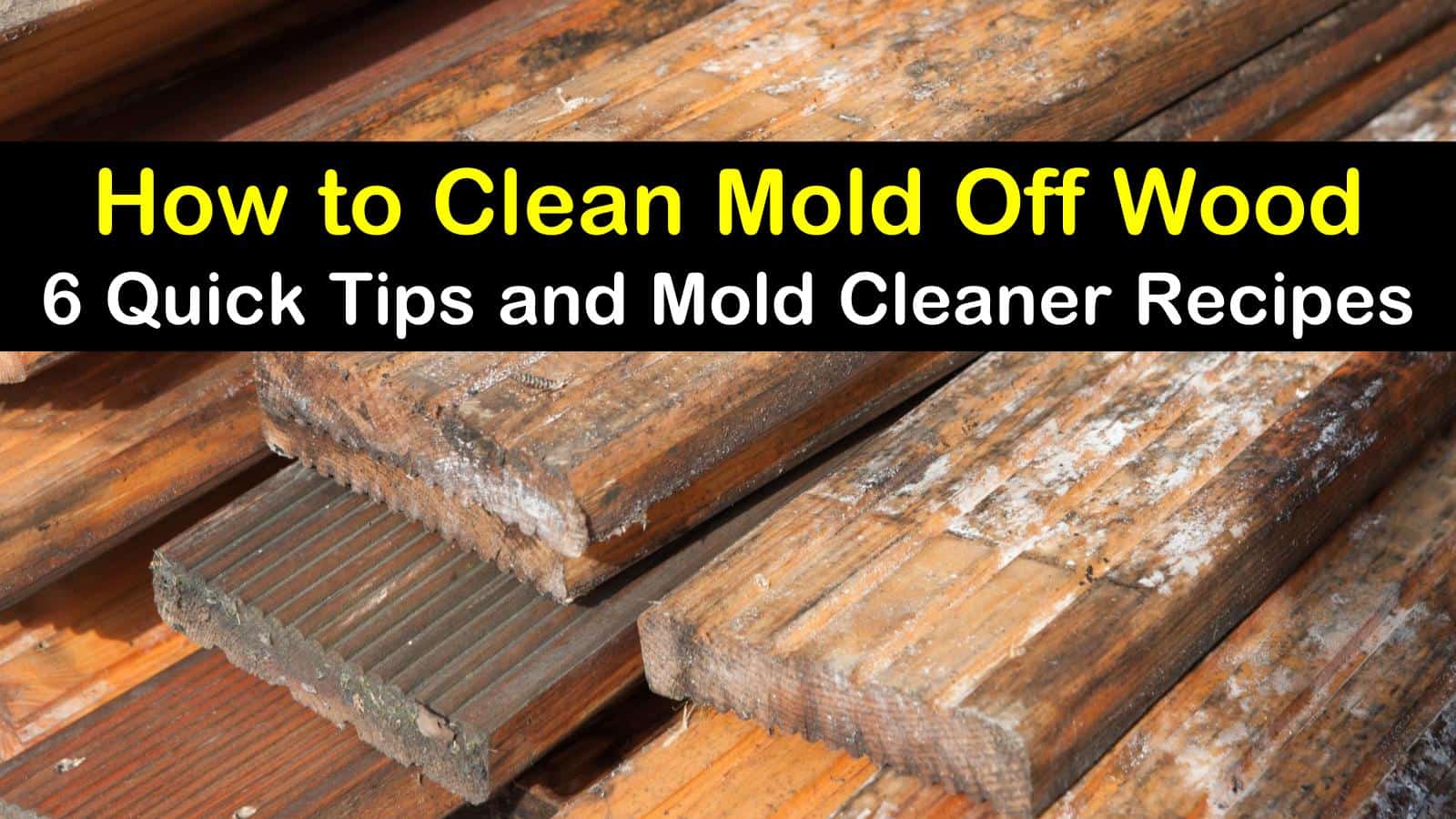


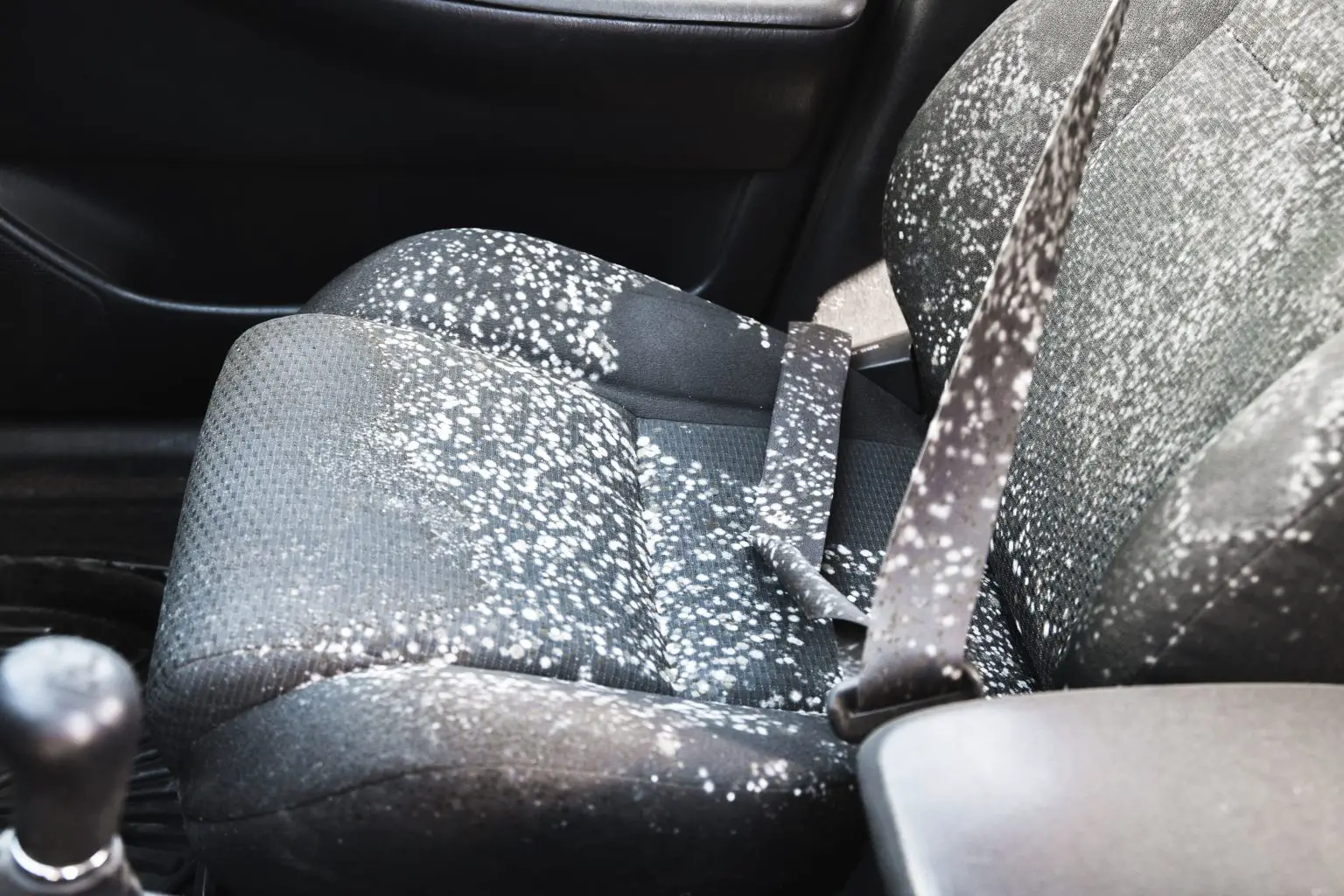



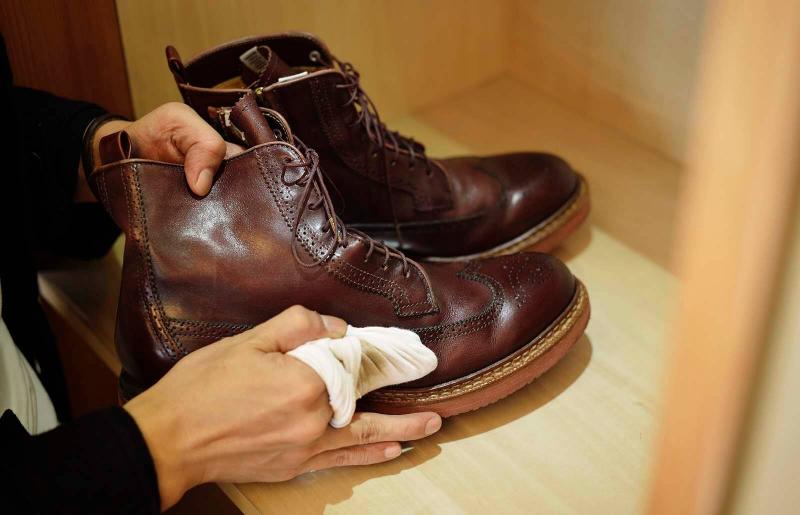
:max_bytes(150000):strip_icc()/clean-mold-from-leather-3420052-05-4444df0f59484c069e78a2a887f2f2e6.jpg)
























:max_bytes(150000):strip_icc()/clean-mold-from-leather-3420052-05-4444df0f59484c069e78a2a887f2f2e6.jpg)















